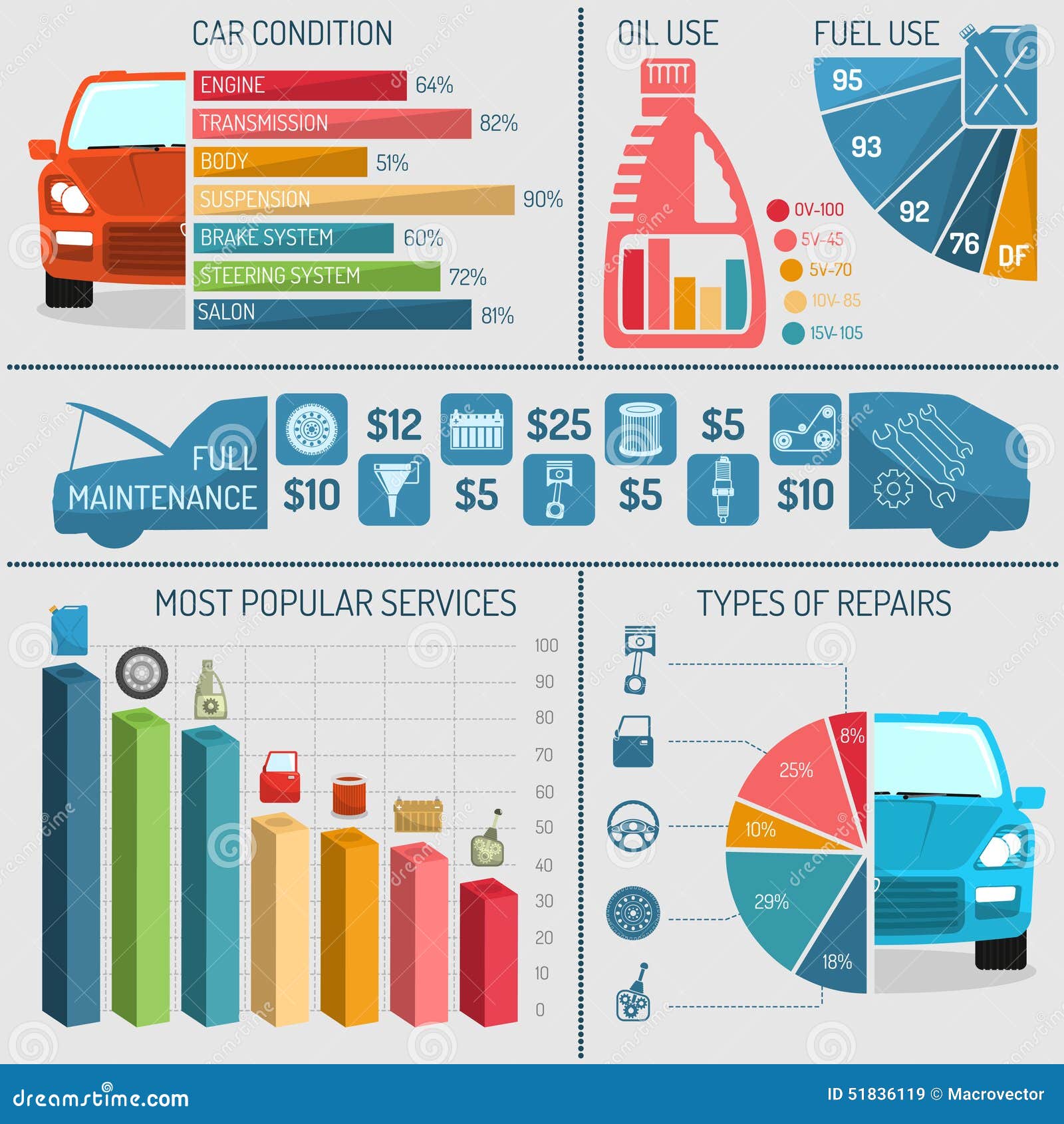Want To Find Out More Regarding The Warning Lights On Your Control Panel? Reveal What They Suggest Regarding Your Automobile'S Health And Safety
Want To Find Out More Regarding The Warning Lights On Your Control Panel? Reveal What They Suggest Regarding Your Automobile'S Health And Safety
Blog Article
Material Written By-Hartley Stark
When you're behind the wheel, those radiant caution lights on your control panel can be a little bit perplexing. Do you know what they're attempting to tell you regarding your car's wellness? Understanding the significance of these lights is vital for your safety and the durability of your automobile. So, nzdetailing following time among those lights appears, wouldn't you wish to analyze its message properly and take the needed steps to address it?
Common Caution Lighting and Interpretations
Recognize usual caution lights in your vehicle and understand their meanings to ensure secure driving.
The most typical caution lights consist of the check engine light, which signals issues with the engine or discharges system. If this light begins, it's critical to have your vehicle checked without delay.
The oil stress advising light shows reduced oil pressure, requiring immediate attention to prevent engine damage.
A blinking battery light could suggest a faulty billing system, possibly leaving you stranded if not dealt with.
The tire stress monitoring system (TPMS) light notifies you to reduced tire pressure, impacting lorry security and fuel effectiveness. Disregarding this can lead to unsafe driving problems.
The abdominal muscle light suggests a problem with the anti-lock stopping system, compromising your capacity to stop quickly in emergencies.
Last but not least, the coolant temperature alerting light warns of engine overheating, which can cause severe damages otherwise solved quickly.
Recognizing these common caution lights will certainly assist you resolve problems promptly and maintain secure driving problems.
Relevance of Prompt Attention
Recognizing the common caution lights in your automobile is only the first step; the significance of without delay addressing these warnings can't be highlighted enough to guarantee your safety on the road.
When a warning light illuminates on your dashboard, it's your cars and truck's method of communicating a potential concern that requires interest. Overlooking these warnings can bring about extra serious problems down the road, endangering your security and possibly costing you a lot more out of commission.
Trigger attention to advising lights can stop failures and accidents. For example, a flashing check engine light might indicate a misfire that, if left unattended, can trigger damages to the catalytic converter. Resolving this promptly can conserve you from an expensive fixing.
Similarly, a brake system advising light may indicate reduced brake liquid or used brake pads, essential components for your safety when driving.
DIY Troubleshooting Tips
If you observe a caution light on your control panel, there are a few do it yourself troubleshooting tips you can try before seeking specialist help.
The primary step is to consult your automobile's guidebook to understand what the specific warning light indicates. Sometimes the problem can be as simple as a loosened gas cap activating the check engine light. Tightening the gas cap might settle the trouble.
An additional common issue is a low battery, which can set off numerous warning lights. Checking linked internet site for rust and ensuring they're safe and secure may deal with the issue.
If a caution light persists, you can try resetting it by detaching the vehicle's battery for a couple of mins and afterwards reconnecting it. Additionally, examining your car's liquid levels, such as oil, coolant, and brake liquid, can help troubleshoot cautioning lights related to these systems.
Verdict
To conclude, understanding your cars and truck's warning lights is essential for maintaining your automobile running smoothly and securely. By promptly resolving these notifies and understanding what they imply, you can prevent pricey repair services and prospective malfunctions.
Remember to consult your vehicle's guidebook for specific information on each cautioning light and take action appropriately to ensure a trouble-free driving experience.
Remain informed, remain secure when traveling!
